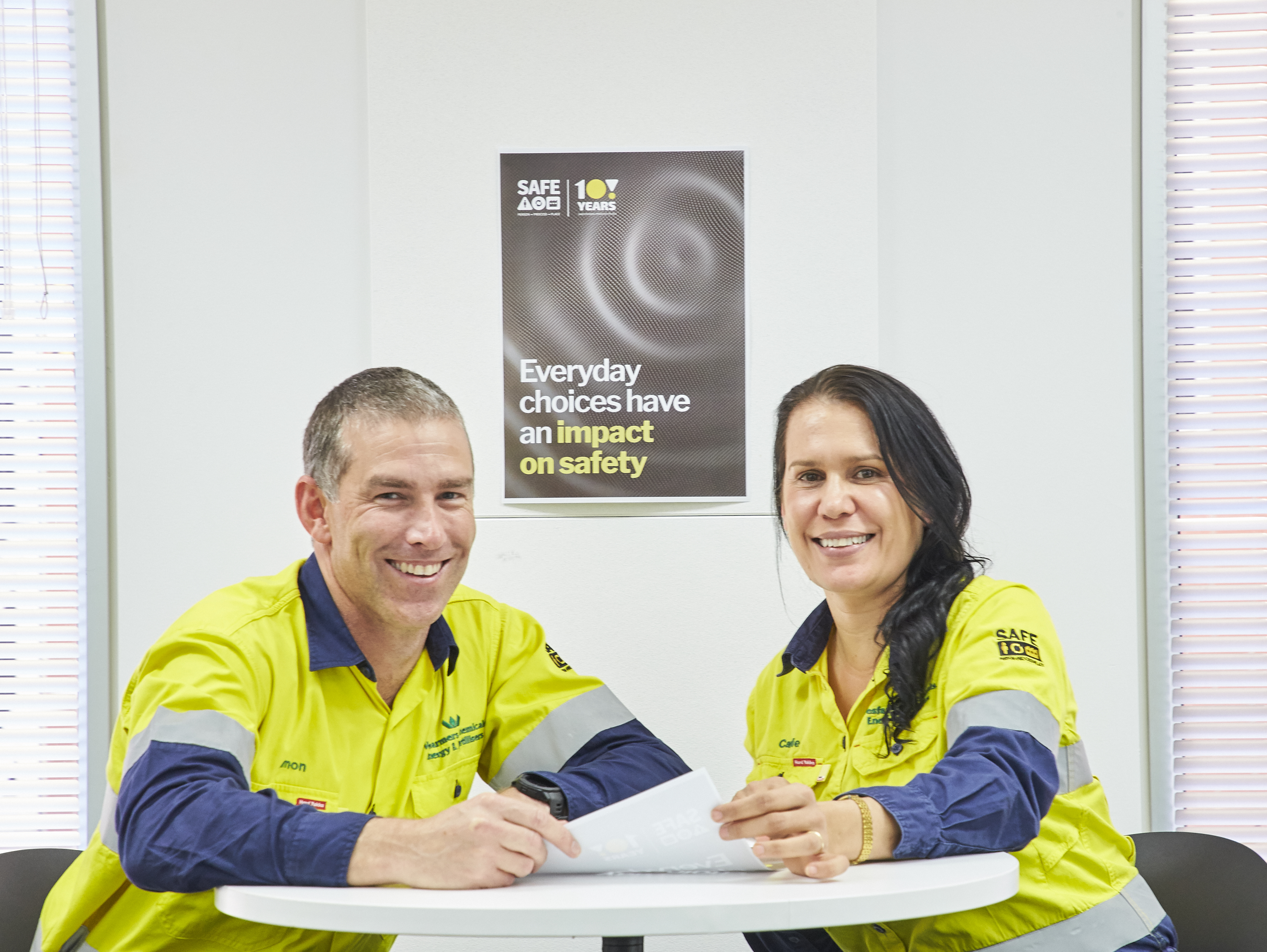
WesCEF - Health, safety and wellbeing
WesCEF strives to minimise risks
inherent in its operations and prioritise the safety and wellbeing of team
members, assets and neighbouring communities, by focusing on operating safely and the continual monitoring and adjustment of processes and procedures.
WesCEF’s operations present various
high potential (HiPo) risks that cannot be eliminated. For example, WesCEF
operates sites classified as Major Hazard Facilities, manufactures and
distributes a range of products, including Dangerous Goods, handles corrosive
chemicals and relies on heavy vehicle distribution of materials. If the
controls established to manage HiPo risks are insufficient or ineffective and
an event occurs, it is classified as a HiPo incident.
This year, WesCEF’s total recordable
injury frequency rate (TRIFR) was 2.7 compared to 3.8 last year, and there were
18 HiPo incidents compared to 26 in the previous year.
WesCEF aims to eliminate HiPo incidents through proactive safety measures, such as having team members complete Critical Control (CC) checklists before commencing high-risk tasks. Examples of the 63 CCs include decontamination practices and vehicle pre-start inspections.
In April 2024,
WesCEF trialled a Critical Control Verification Program (CCVP) to examine the
systems supporting each CC, such as whether training records are up-to-date or
personal protective equipment is adequate for the task. The CCVP will be rolled
out across WesCEF in the 2025 financial year.
The introduction of positive duties in Western Australia’s Work
Health and Safety (General) Regulations 2022 provided WesCEF with an
opportunity to revisit its measures to prevent or minimise psychosocial injury.
This year, WesCEF reviewed its psychosocial risk assessment and added further
controls and actions, including implementing the WesCEF Respectful Workplaces
Action Plan.
GRI 3-3, GRI 403-1, GRI 403-2, GRI 403-3, GRI 403-4, GRI 403-5, GRI 403-6, GRI 403-7
